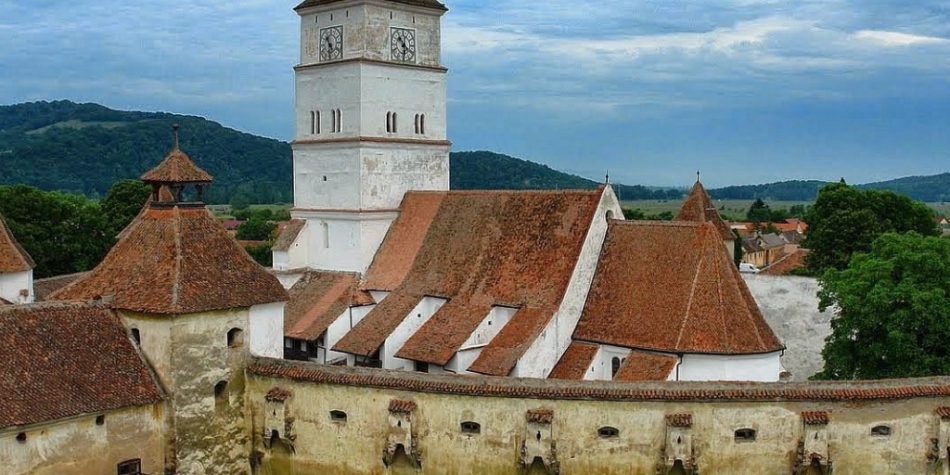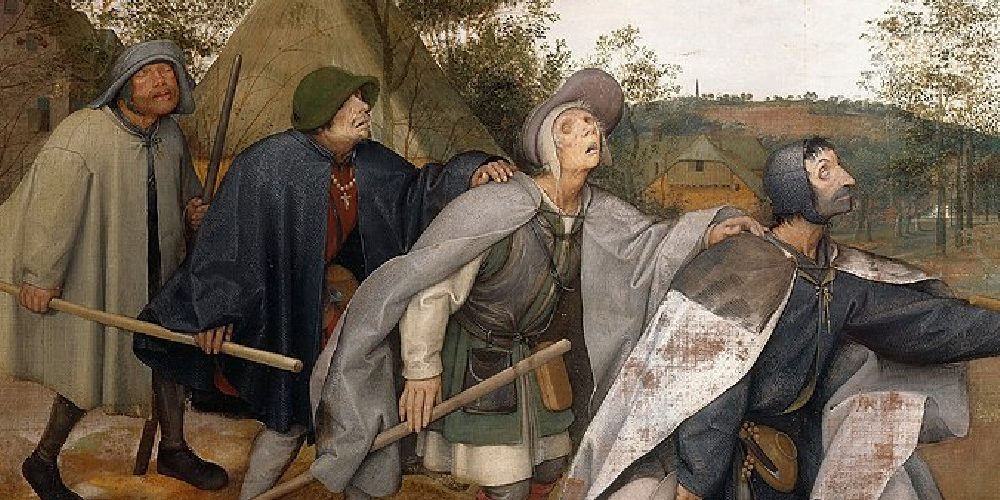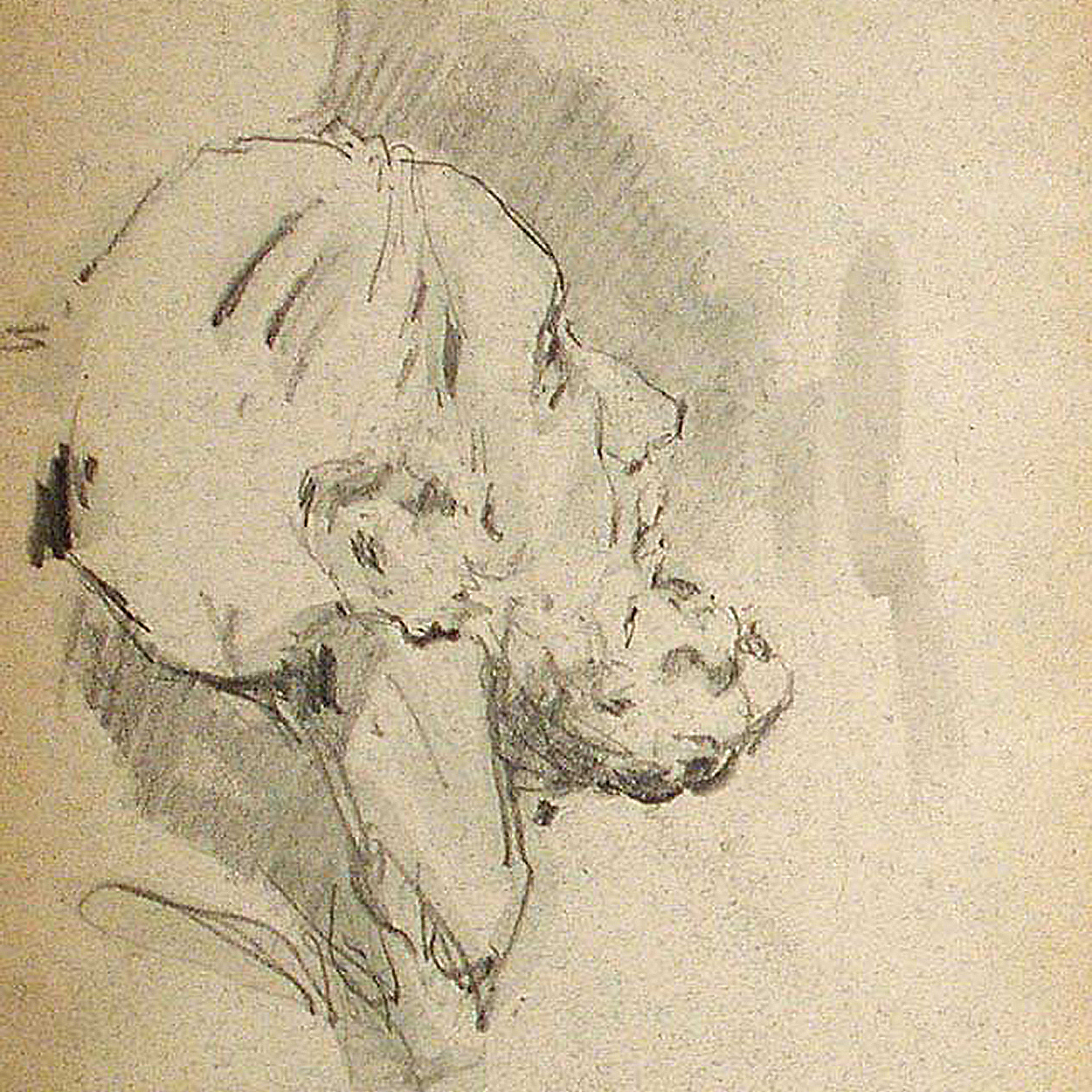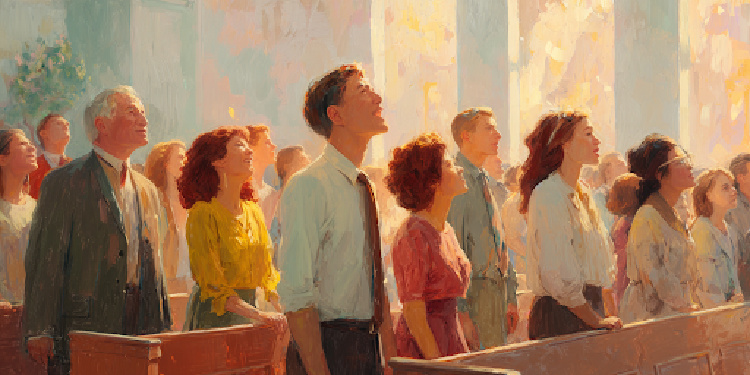I find it fascinating that two significant books written by members of The Church of Jesus Christ of Latter-day Saints in the last few years used the same metaphor in very different ways.
In his book “Holding On: Impulses to Leave and Strategies to Stay,” well-known speaker and author S. Michael Wilcox talks about being inspired by “fortified churches” in Romania which were built because “[v]illagers needed places of refuge to withstand attacks and sieges that recurred as constant as the seasons.” In the rest of this chapter Wilcox emphasizes how when trials to our faith come—which he calls “impulses to leave”—we must fortify and center on the essentials such as faith, family, and prayer. After referencing Captain Moroni’s “title of liberty” in the Book of Mormon (which rallied his people to defend their freedom against attacks on their families and faith), Wilcox warns against being “sidetracked into areas we perceive as being decisive and vital but which come at the sacrifice of faith and family.” For Wilcox, the fortified Church is a call to focus on what matters most.
By comparison, in his book “Restoration: God’s Call to the 21st Century World,” historian and scholar Patrick Mason turns to the same analogy of the fortified Church, but in a very different way:
In response to the very real persecution they had received in the nineteenth century, our people—the Latter-day Saints—metaphorically built a fortress church in order to protect ourselves and our precious holdings from invaders. When viewed from narrow arrow slits, the rest of humanity and their ideas—or simply ‘the world,’ as we came to know it—seemed ominous and threatening, single-mindedly focused on our destruction. So we closed the gates, occasionally cracking them open to send out missionaries, conduct business, and watched nervously for the next assault. The tactics of the adversary change, which can mean that those things that once kept us safe can become hindrances.
I don’t want to overstate the differences. Like Mason, Wilcox talks about the importance of creating space in our fortifications for everyone and of ensuring that we have a living Church with living beliefs. And like Wilcox, Mason repeatedly emphasizes the importance of the fundamental beliefs of the restoration. And I greatly enjoyed both books.
Still, I think that these authors’ different uses of the analogy are telling and signal a meaningful difference in worldview. As I’ve thought about it, I realized at least one important difference.
For Wilcox, there is a “spiritual war being fought today,” which means the robust defenses of the fortified Church are definitely not outdated or unnecessary. By contrast, I think that Mason would push back against or at least be uncomfortable with the notion of an ongoing war that requires us to remain in a defensive posture.
Whether we are truly “at war” or not matters a great deal. If we are in the middle of a war, then we are going to be much more careful and conservative about defenses that keep us safe. We are not going to be removing ramparts or buttresses with abandon. By contrast, if we think the war is passed then we are going to be much more likely to see these protections as unnecessarily restrictive.
I think that Wilcox is right to see an ongoing spiritual war around us. As Elder Jeffrey R. Holland has declared, “We are at war” and “[t]his is a life-and-death contest we are in” with “eternal significance and everlasting consequence.”
Satan is a relentless foe who tries to attack us and drag us into spiritual darkness. His goal is to make us miserable like he is and to prevent us from achieving our divine potential. We need to therefore remain close to the foundations of faith and family.
Of course, we should not unnecessarily block or stymie inspiration. And we should not cling to things that are merely cultural accumulations that serve no defensive purpose at all. So, Mason is right that change can be needed. The tactics of the adversary change, which can mean that those things that once kept us safe can become hindrances.
But we should be cautious to tear down the defenses that have been put up to keep us safe.
How can we know which protections are no longer needed and which remain vital for our protection?
Fortunately, we still have generals today who have a broader perspective and understand the tactics of the adversary. In biblical times, prophets like Isaiah spoke about the crucial role of sentries stationed on a city wall or in a tower in order to spot and warn of dangers approaching from afar. These “watchmen on the tower” can see exactly which ramparts are needed for our defense and which can be removed or modified. We should be cautious to tear down the defenses that have been put up to keep us safe.
As Elder Holland powerfully explained:
The apostolic and prophetic foundation of the Church was to bless in all times, but especially in times of adversity or danger, times when we might feel like children, confused or disoriented, perhaps a little fearful, times in which the devious hand of men or the maliciousness of the devil would attempt to unsettle or mislead. Against such times as come in our modern day, the First Presidency and Quorum of the Twelve are commissioned by God and sustained by you as prophets, seers, and revelators, with the President of the Church sustained as the prophet, seer, and revelator, the senior Apostle, and as such the only man authorized to exercise all of the revelatory and administrative keys for the Church. In New Testament times, in Book of Mormon times, and in modern times these officers form the foundation stones of the true Church, positioned around and gaining their strength from the chief cornerstone, “the rock of our Redeemer, who is [Jesus] Christ, the Son of God[.]”
In our day, these leaders we sustain as “prophets, seers, and revelators,” have declared that certain truths should be at the core of our faith. That includes prophetic teachings contained in the Family Proclamation, the Living Christ, and the Restoration Proclamation. These three documents are among the ramparts and walls that I believe were carefully designed in our day to keep us safe from Satan’s stratagems. We ignore or tear them down at our own peril.

















